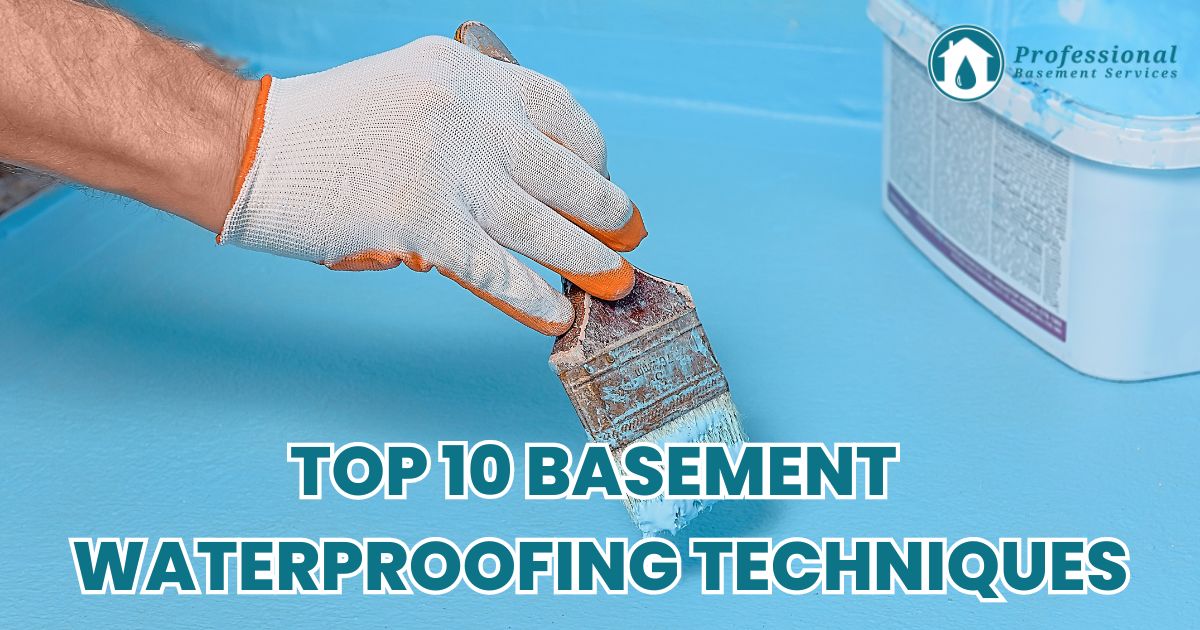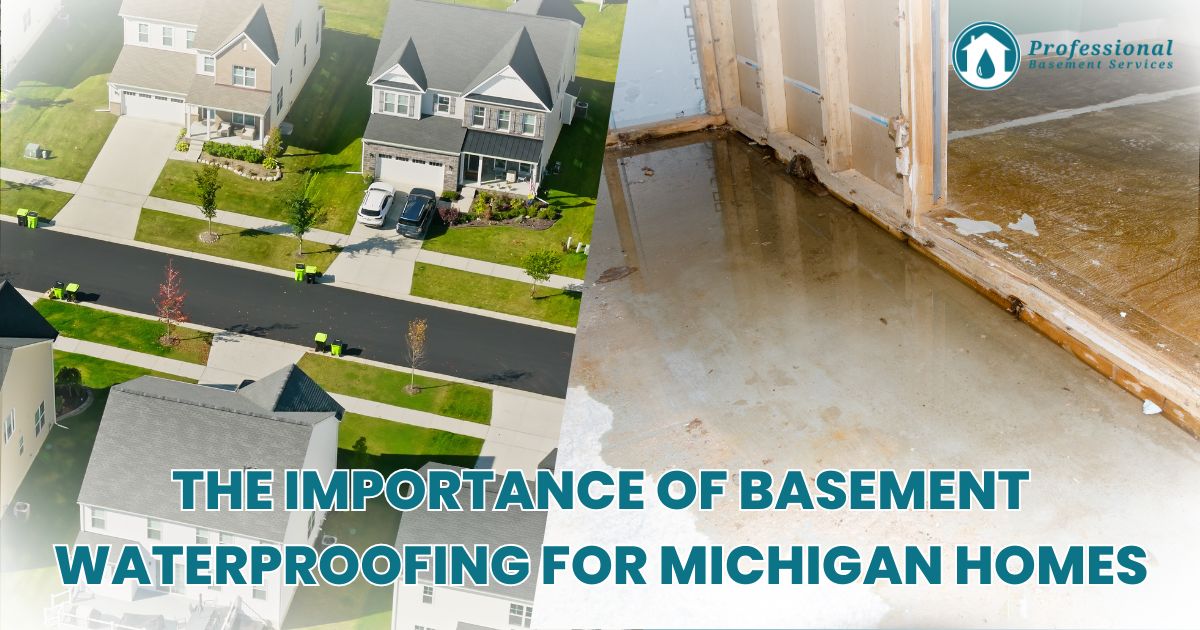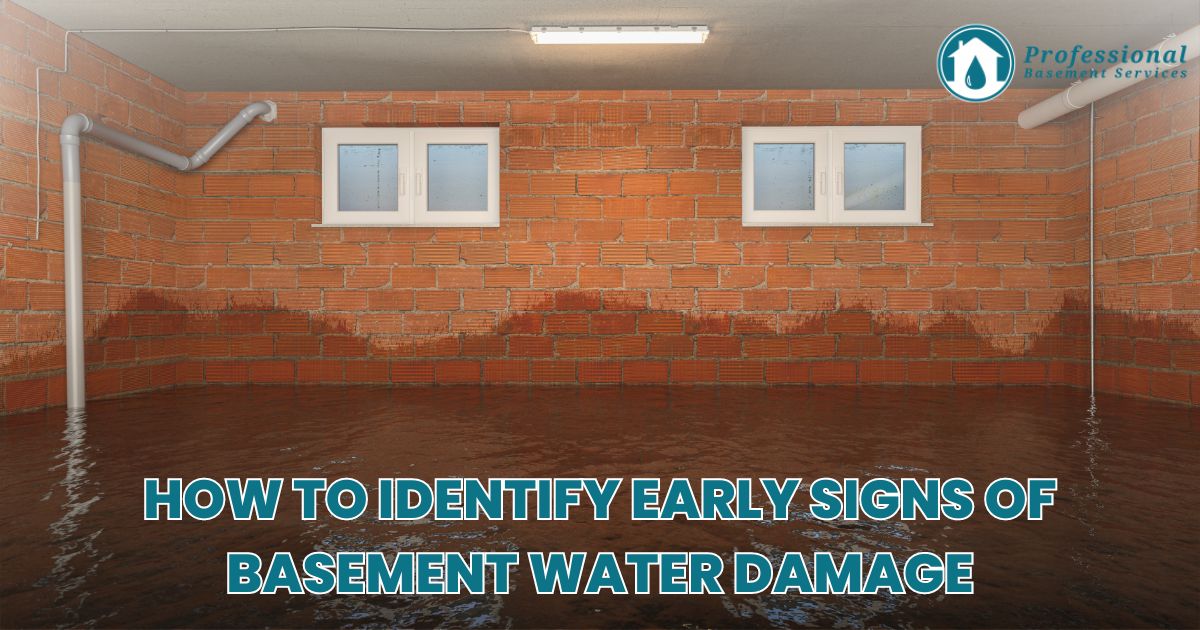Wet Basement Woes: How to Identify and Fix Common Waterproofing Issues
A wet basement is more than an inconvenience; it’s a threat to your home’s integrity and your family’s health. Whether it’s a musty smell, visible mold, or water stains, these signs indicate underlying waterproofing issues that need immediate attention. This guide dives into how to identify and fix common basement waterproofing issues, safeguarding your home from potential damage.
Understanding the Causes of Wet Basements
Before diving into solutions, it’s crucial to understand what leads to basement waterproofing issues. Several factors can contribute to a wet basement, including:
- Poor Drainage: Inadequate exterior drainage can cause water to pool around the foundation, leading to seepage.
- Cracks in Foundation Walls: Over time, your home’s foundation can develop cracks, allowing water to enter.
- Improperly Sealed Windows and Doors: Windows and doors that are not properly sealed can allow moisture to infiltrate.
- Interior Humidity: Activities like drying clothes or even cooking can increase indoor humidity levels, contributing to basement dampness.
How to Identify Waterproofing Issues
Identifying the source of moisture is the first step toward a dry basement. Look out for these signs:
- Water Stains on Walls and Floors: These indicate water seepage from the outside.
- Efflorescence: A white, powdery substance on walls, resulting from water evaporating and leaving behind salt deposits.
- Mold and Mildew: These fungi thrive in moist environments and can cause health issues.
- Musty Odors: A clear sign of dampness even if no visible water is present.
Fixing Basement Waterproofing Issues
Once you’ve identified the source of moisture, it’s time to address the issue. Here are solutions to common waterproofing problems:
1. Improve Exterior Drainage
Ensuring that water flows away from your home’s foundation is critical. This can be achieved by:
- Cleaning Gutters and Downspouts: Regular maintenance prevents blockages that can cause water to overflow and seep into the basement.
- Extending Downspouts: Extensions should direct water at least 4 feet away from the foundation.
- Grading Your Lawn: The ground around your home should slope away from the foundation to prevent water pooling.
2. Seal Cracks and Openings
Filling in cracks and gaps in the foundation, walls, and around windows and doors can significantly reduce water entry. Use hydraulic cement for foundation cracks and silicone caulk for gaps around windows and doors.
3. Apply Waterproofing Coatings
Waterproofing paint or sealant can be applied to interior basement walls. While this method doesn’t stop water from entering, it can prevent it from making its way into your basement space.
4. Install a Sump Pump
For homes prone to flooding, a sump pump can be a lifesaver. It collects water in a basin and pumps it away from your home, keeping the basement dry.
5. Use a Dehumidifier
Controlling indoor humidity levels can help prevent condensation and reduce dampness. A dehumidifier is especially useful during the humid months.
When to Call a Professional
While some waterproofing issues can be addressed with DIY solutions, complex problems require professional intervention. If you’re dealing with persistent leaks, significant foundation cracks, or severe mold issues, it’s time to call in the experts. Professional waterproofers can assess the situation and offer solutions that are beyond the scope of DIY repairs.
Preventative Measures
Preventing basement waterproofing issues is key to avoiding costly repairs down the line. Regular inspections, maintenance of your home’s exterior drainage system, and monitoring humidity levels can go a long way in keeping your basement dry.
Conclusion
Dealing with a wet basement can be daunting, but identifying and fixing common waterproofing issues is crucial for the health and safety of your home. By understanding the causes, recognizing the signs, and implementing effective solutions, you can protect your home from water damage. Remember, early intervention and preventative measures can save you from the woes of extensive repair costs.
FAQs
Q: How often should I inspect my basement for signs of moisture?
A: It’s a good practice to inspect your basement for moisture issues at least twice a year, ideally in spring and fall.
Q: Can landscaping affect my basement’s waterproofing?
A: Yes, improper landscaping that leads to water pooling around your foundation can compromise basement waterproofing. Ensure good landscaping practices that direct water away from your home.





